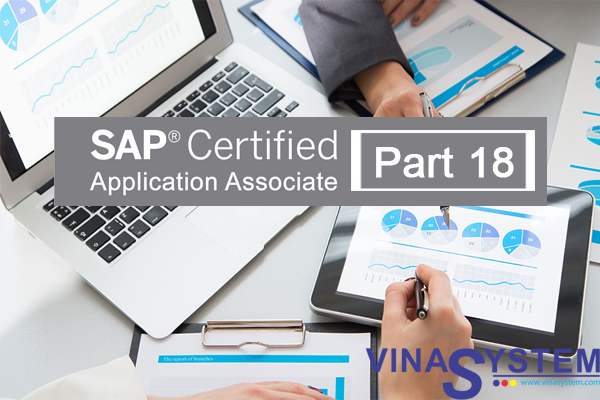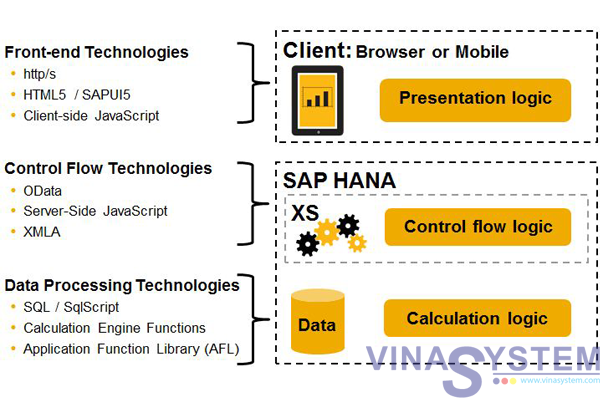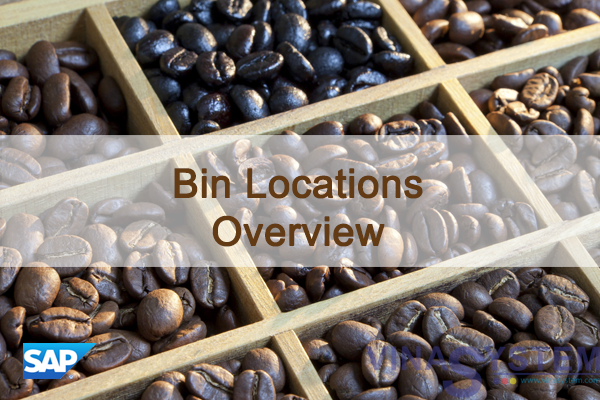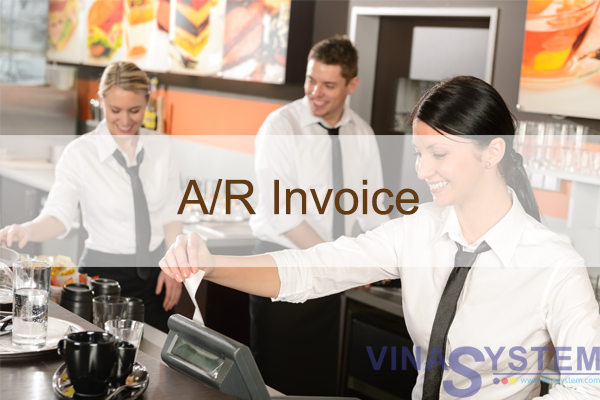
Tổng hợp các câu hỏi chứng chỉ SAP Business One (Phần 18)
171. In SAP Business One Chart of Accounts levels 2 - 4 consist of active or title accounts.
a) True
b) False
Answer: a) True
172. Your company sells 10 different products in 20 different sales regions. If you are using account segmentation to track by region you would need ...?
a) 100 segmented accounts.
b) 200 segmented accounts.
c) 20 segmented accounts.
d) 10 segmented accounts.
Answer: b) 200 segmented accounts.
173. As the stock keeper of your company, you want to get a report of items with no transactions in the report period. How will you achieve this?
a) Write a query by querying the null value column in the OITM table.
b) Run the inventory audit report in SAP Business One.
c) Use the built-in query wizard in SAP Business One.
d) It is not possible to generate a report that displays items with no transactions.
Answer: b) Run the inventory audit report in SAP Business One.
174. Which statements are true about password security levels in SAP Business One?
a) You can create a custom security level.
b) Up to three security levels may be set at one time.
c) Only one security level can be set for all users, but it can be changed.
d) One of the predefined security levels is low.
e) There are five predefined password security levels.
Answer: A, C & D
175. A new sales employee has started at your company. You have created a user code for this employee. Why do you also need to create an employee master data record?
a) For setting up approval procedures.
b) For assigning sales commissions.
c) For setting up data ownership exceptions.
d) For managing sales territories.
e) For assigning general authorizations.
Answer: c) For setting up data ownership exceptions.
176. In SAP Business One, you can define banks and house banks. Why do you need to define house banks?
a) In order to define payment terms.
b) In order to define Business Partner bank accounts.
c) In order to deposit incoming checks.
d) In order to define credit cards.
e) In order to define house banks.
Answer: B & E
177. Greg wants to be able to process customer payments even if they differ from the invoice amount by as much as $1. How would you advise Greg to set it up?
a) Specify an under/overpayment amount under 'Document Settings' for the incoming payment document. At payment time, the system posts the difference to a predefined G/L account.
b) Specify an under/overpayment amount under 'Payment Terms' in the customer master data. At payment time, the system posts the difference to a predefined G/L account.
c) Select the 'Allow under/overpayment amount' checkbox in 'Company Details'. At payment time, the system posts the difference to a predefined G/L account.
d) Define a maximum tolerance amount in the Business Partner tab of the 'General Settings'. At payment time, the system will post the difference to a predefined G/L account.
Answer: a) Specify an under/overpayment amount under 'Document Settings' for the incoming payment document. At payment time, the system posts the difference to a predefined G/L account.
178. On the manual internal reconciliation screen you see the following open items for a Business Partner: incoming payment for the amount 1000, invoice for 600, and invoice for 500. How can you reconcile these transactions using manual type internal reconciliation?
a) Select the three items and change the amount to reconcile on the payment. You can then reconcile all three transactions.
b) Select the three items and change the amount to reconcile on one of the invoices. This invoice stays open with a balance due.
c) Select the three items. The system partially reconciles the transactions. The payment stays open with a negative balance due.
d) Double-click the payment to see a list of recommended invoices. Select the invoices to reconcile all three items.
e) Select the three items and set the reconciliation difference to 0. The system closes the three items and posts a journal entry to the Business Partner for the difference.
Answer: b) Select the three items and change the amount to reconcile on one of the invoices. This invoice stays open with a balance due.
179. Which G/L accounts appear in the profit and loss statement?
a) Asset and liability accounts
b) Asset, sales and expenditure accounts.
c) Sales and expenditure accounts.
d) All accounts with a non-zero balance.
e) Accounts marked with 'Account Type Sales and Expenditure'.
Answer: c) Sales and expenditure accounts.
180. Your customer has several rent and loan payments due each month. What can you recommend to post these payments quickly each month?
a) Create a posting template for each payment, then use this template when you post each journal entry.
b) Create a recurring posting for each payment, and set the posting frequency to monthly.
c) Create a journal entry for each payment with the repeat checkbox selected, and set the frequency for each repeat posting.
d) Batch the payments in a journal voucher, then you only need to post them once a month.
Answer: A & B
Câu hỏi chứng chỉ SAP Business One (Phần 17)
Tổng hợp câu hỏi thi chứng chỉ SAP Business One






